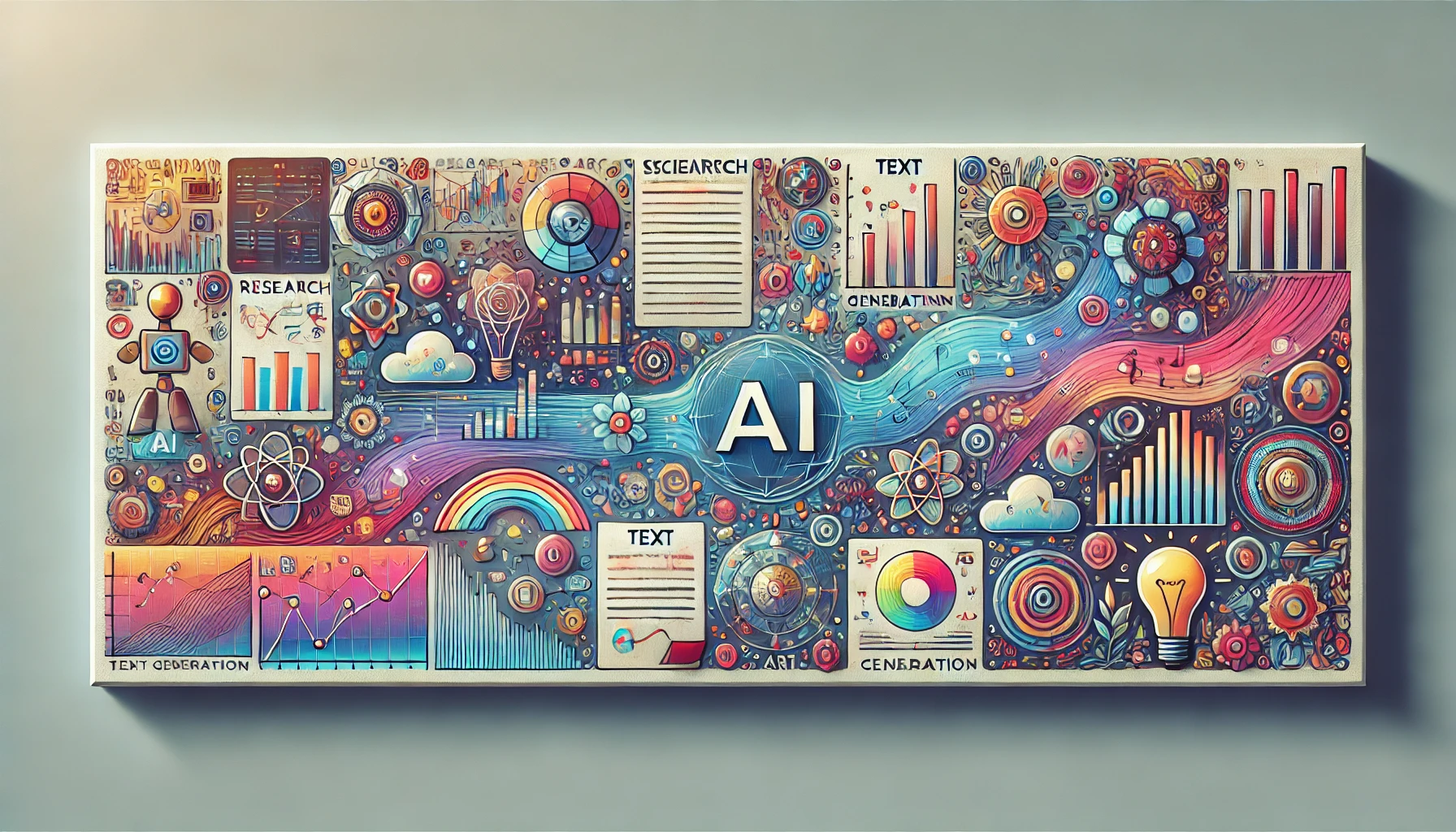Explore how AI can be used effectively in the Spanish Space Design Competition, from research assistance to concept art generation. Learn the best practices and guidelines to ensure proper and ethical use.

AI tools can be incredibly effective for summarizing complex texts and answering technical questions. For instance, you can use a natural-language processing AI to summarize a scientific paper, making it easier to extract key information such as “According to this paper, how does temperature affect the failure strength of austenitic stainless steels?”
When using AI for research in the SPSDC, ensure that you cross-reference the AI-generated answers with the original paper. This ensures accuracy and credibility in your research findings.
AI tools can produce seemingly impressive essays on niche subjects, pulling facts and figures from large datasets. However, these facts are often unverified and unreferenced, making them unreliable for use in competitions like the SPSDC.
Judges can typically identify AI-generated content, especially during follow-up questions. Therefore, it’s best to rely on AI for summarizing research rather than generating original text.
AI’s ability to generate creative artwork has found a place in the SPSDC, especially for creating concept art. While these tools are currently not suitable for technical drawings, they can be used to illustrate the vision for your space settlement.
When using AI-generated images, it's important to credit any source materials and list all the keywords used in the image creation process. This transparency helps judges understand the specificity and creativity behind your concept art.
Use detailed keywords for generating images. For example, “20 metre wide by 40 metre long street with bicycle lanes, crop planters, and buildings with glass fronts and ivy” is much more descriptive and valuable than general terms like “sci-fi town street.”